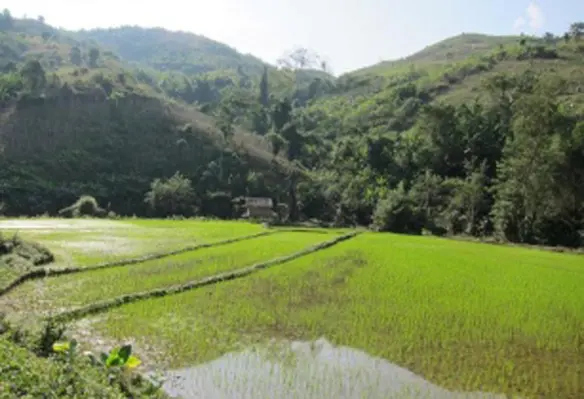FAO has issued guidelines for the agricultural sector to contribute to climate change adaptation and mitigation to achieve sustainable development goals
Julia Wolf, natural resources officer of FAO and co-author of the guidelines, commented, “Medium to long-term adaptation planning is crucial to build climate resilience and food security for future generations.”
In a statement, FAO said that agriculture, including crops, livestock, forestry and fisheries, plays a key role in keeping global temperature from rising more than two degree celsius above their pre-industrial levels.
Also, the global food production will need to be 60 per cent higher in 2050 than it was in 2006 to meet the demand of a larger population.
According to the fifth assessment report by the Intergovernmental Panel on Climate Change (IPCC), four of the eight key climate change risks are linked to food security.
“The agriculture sectors, often the economic backbone of developing countries, need to be a key driver and stakeholder. The guidelines are set out to address the key issues, entry points and steps to take,” Wolf added.
With almost 90 per cent of developing countries including their agriculture sector as key to their climate pledges, FAO's new guidelines are aimed to address the specific challenges that adaptation and mitigation efforts pose in the agricultural arena.
FAO explained that their project in the Lao People's Democratic Republic help farmers and fishers using the country's wetlands, where climate change have a major effect on the water supply, to coordinate their actions for a sustainable land-management practices.
The new guidelines are supplementary to the UNFCCC NAP guidelines for “Addressing Agriculture, Forestry and Fisheries in National Adaptation Plans (NAP-Ag Guidelines),” funded by the German Federal Ministry for the Environment, Nature Conservation, Building and Nuclear Safety (BMUB) and from the Kingdoms of Belgium, the Netherlands, Sweden and Switzerland.




